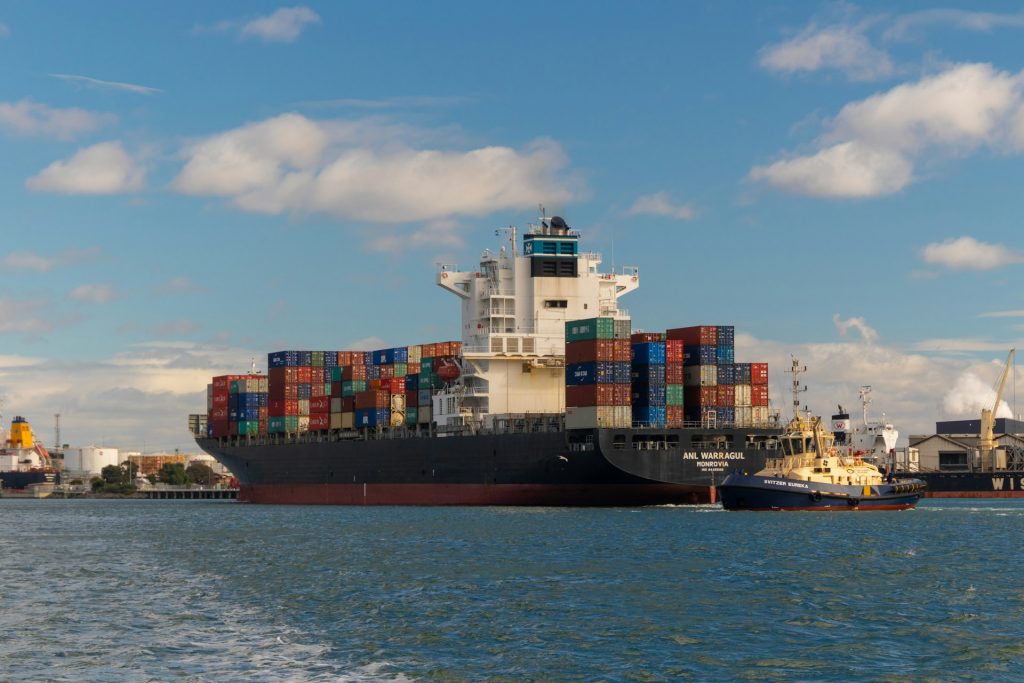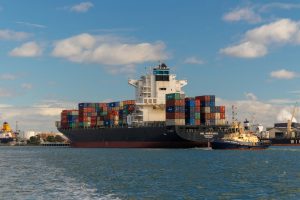Semiconductor Surge Bolsters South Korea’s July Exports Amid Growing U.S. Tariff Concerns

Strong Export Performance Despite Trade Uncertainty
Despite looming trade uncertainty fueled by new U.S. tariff policies, South Korea’s exports showed resilience in July, marking a second consecutive month of growth. According to the Ministry of Trade, Industry and Energy, total exports in July reached $60.82 billion, a 5.9% increase compared to the same month last year. This growth is seen as a notable achievement, considering the backdrop of impending retaliatory tariffs from the United States.
Semiconductors Lead the Way
Semiconductors played a pivotal role in supporting the country’s export performance. Benefiting from rising demand for high-value memory chips and a rebound in unit prices, semiconductor exports surged by 31.6% year-over-year to a record $14.71 billion—the highest-ever for the month of July. These exports accounted for nearly a quarter (24.2%) of South Korea’s total outbound shipments.
Automotive and Ship Exports Also Rise
Other core sectors such as automobiles and shipbuilding also posted positive results. Car exports rose 8.8% year-over-year, despite decreased demand from the U.S. due to a 25% tariff. Increased exports to regions like the EU, CIS, and Latin America helped offset the decline. Ship exports more than doubled, climbing 107.6% thanks to strong demand for LNG carriers and oil tankers.
Changes in Export Destinations
Notably, the U.S. dropped to South Korea’s third-largest export destination in July, overtaken by China and ASEAN countries. While exports to the U.S. still grew slightly by 1.4% to $10.33 billion, the impact of high U.S. tariffs on cars, steel, and auto parts reduced their share of overall exports. Some experts believe that exporters may have rushed shipments in anticipation of the new tariffs taking effect in August.
Advance Shipments and Strategic Concerns
Analysts and government officials acknowledged the presence of “front-loaded” shipments. Jang Sang-sik, head of international trade research at the Korea International Trade Association, noted that some July exports were likely advanced due to expectations that the final tariffs could exceed the negotiated 15% rate and potentially reach 20%. Similarly, Seo Ga-ram, trade policy director at the Ministry of Trade, said companies had been preparing by stockpiling inventory, particularly in sensitive sectors like semiconductors and biotech.
Still, Seo emphasized that solid underlying demand, especially in the semiconductor sector, suggests exports won’t see a sudden drop in the near term, even if some front-loading occurred.
Exports Outside Core Sectors See Growth
For the first time, exports outside South Korea’s key industrial sectors surpassed $14 billion. These included products like cosmetics, agricultural goods, and electronics. The popularity of Korean consumer brands played a key role in this increase. Cosmetics exports reached $980 million (up 18.1%), while agricultural and seafood products climbed to $1.08 billion (up 3.8%). Exports of electrical equipment, including transformers, also grew 19.2% to $1.56 billion.
Mixed Results Across Global Markets
Export performance varied by region. Exports to ASEAN rose 10.1% to $10.91 billion, and exports to the EU grew 8.7% to $6.03 billion. On the other hand, exports to China fell 3.0% year-over-year to $10.91 billion. In the U.S., strong demand for semiconductors (up 88.2%) and biotech products (up 19%) offset declines in steel (down 16.9%) and car parts (down 7.3%).
Imports Slightly Increase, Trade Surplus Continues
July imports totaled $54.21 billion, a 0.7% increase year-over-year. South Korea maintained a trade surplus of $6.61 billion for the month, its sixth straight monthly surplus since February. The cumulative trade surplus for 2025 now stands at $34.39 billion.
Challenges Ahead with U.S. Tariffs Taking Effect
Despite July’s strong numbers, concerns are growing about the second half of the year as U.S. tariffs on Korean goods, including semiconductors, are set to take full effect in August. The U.S. has confirmed the implementation of up to 25% tariffs on various Korean exports, with some semiconductor and automotive goods expected to face 10–15% duties.
Experts warn that these tariffs, combined with rising inflation in the U.S. and declining real incomes, could reduce American demand for Korean exports starting in the third quarter. Professor Heo Yoon from Sogang University’s Graduate School of International Studies stressed the importance of monitoring the potential impact on key sectors like semiconductors and automobiles.
Government Urges Export Diversification
Speaking at a press briefing, Minister of Trade, Industry and Energy Kim Jung-kwan credited Korean businesses for their determined efforts during a time of heightened trade risk. He highlighted the need for enhanced export competitiveness and diversification of both products and markets, stating that future trade conditions will differ significantly from past experiences.
As South Korea navigates an increasingly complex trade environment shaped by shifting U.S. policy, the resilience of its export sector—particularly semiconductors—will be tested in the months ahead.




